Grumman F6F Hellcat — U.S. Navy Top Performing Fighter
December 23rd, 2023
8 minute read
Described by at least one aviation expert as “pugnacious rather than elegant,” the Grumman F6F Hellcat still proved to be a war-winning aircraft. It was also designed and developed with great speed and then mass-produced at a rate never equaled by any other single aircraft in history. More importantly, the Hellcat was then used to good effect from the day it first arrived in service, even as the Allies were already on their way to victory in the Pacific.
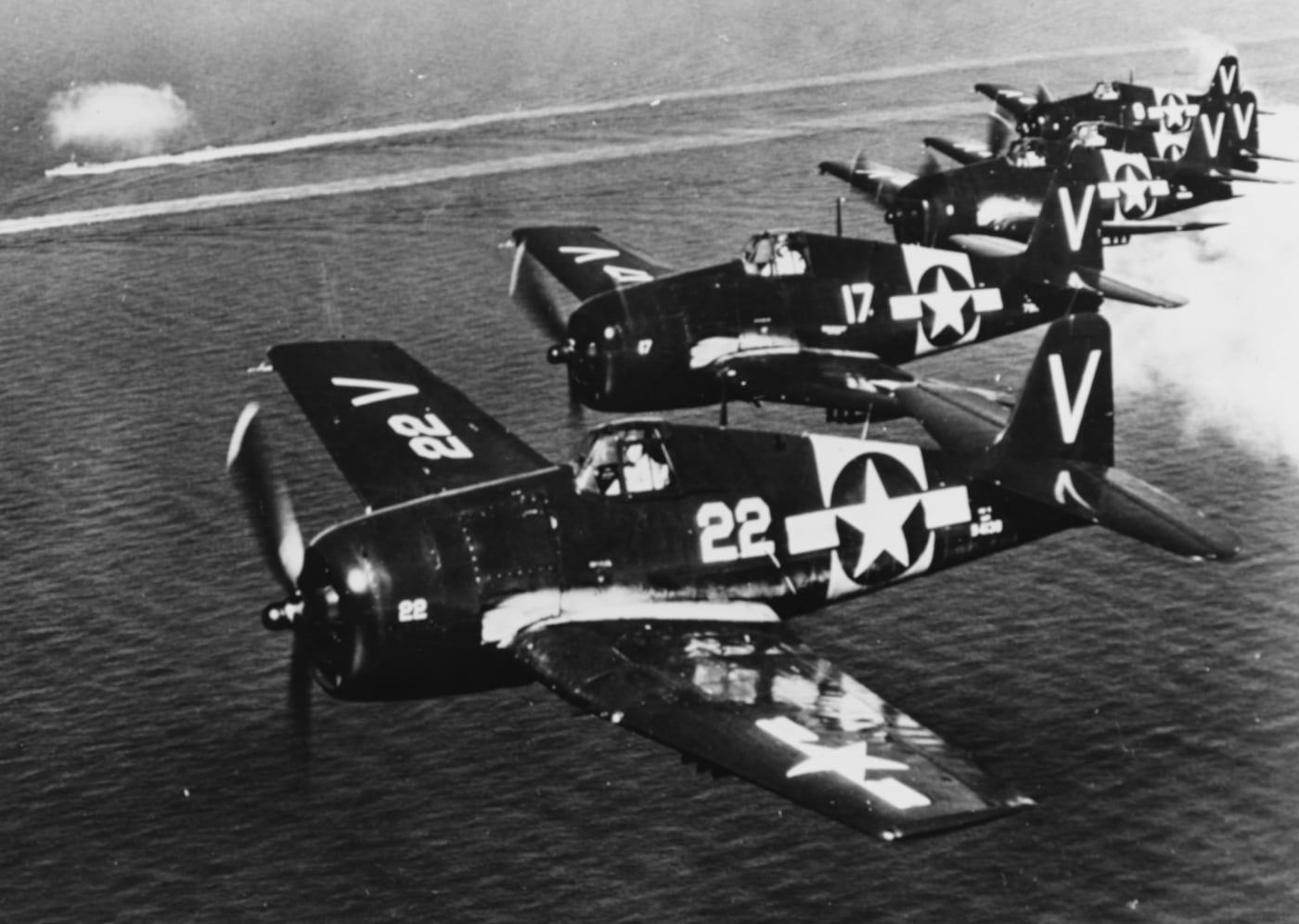
It wasn’t as fast as the North American P-51 Mustang, it wasn’t as maneuverable as the Mitsubishi A6M Zero, and it wasn’t anywhere near as advanced as the Vought F4U Corsair. None of that really mattered, as the Hellcat was responsible for destroying 5,156 enemy aircraft, accounting for 75 percent of all U.S. Navy aerial victories in the conflict.
In other words, the Hellcat didn’t really help turn the tide of the war, and the Allies could have almost certainly achieved victory without it — yet, it was the plane that helped finish the job.
Evolution of the Wildcat
In simplest terms, the F6F Hellcat continued the development path established by the Grumman Wildcat, and it played a role in wresting air superiority in the Pacific from the Japanese. Grumman successfully incorporated a number of lessons that were learned from the combat experience of the Wildcat, as well as other Allied combat aircraft.
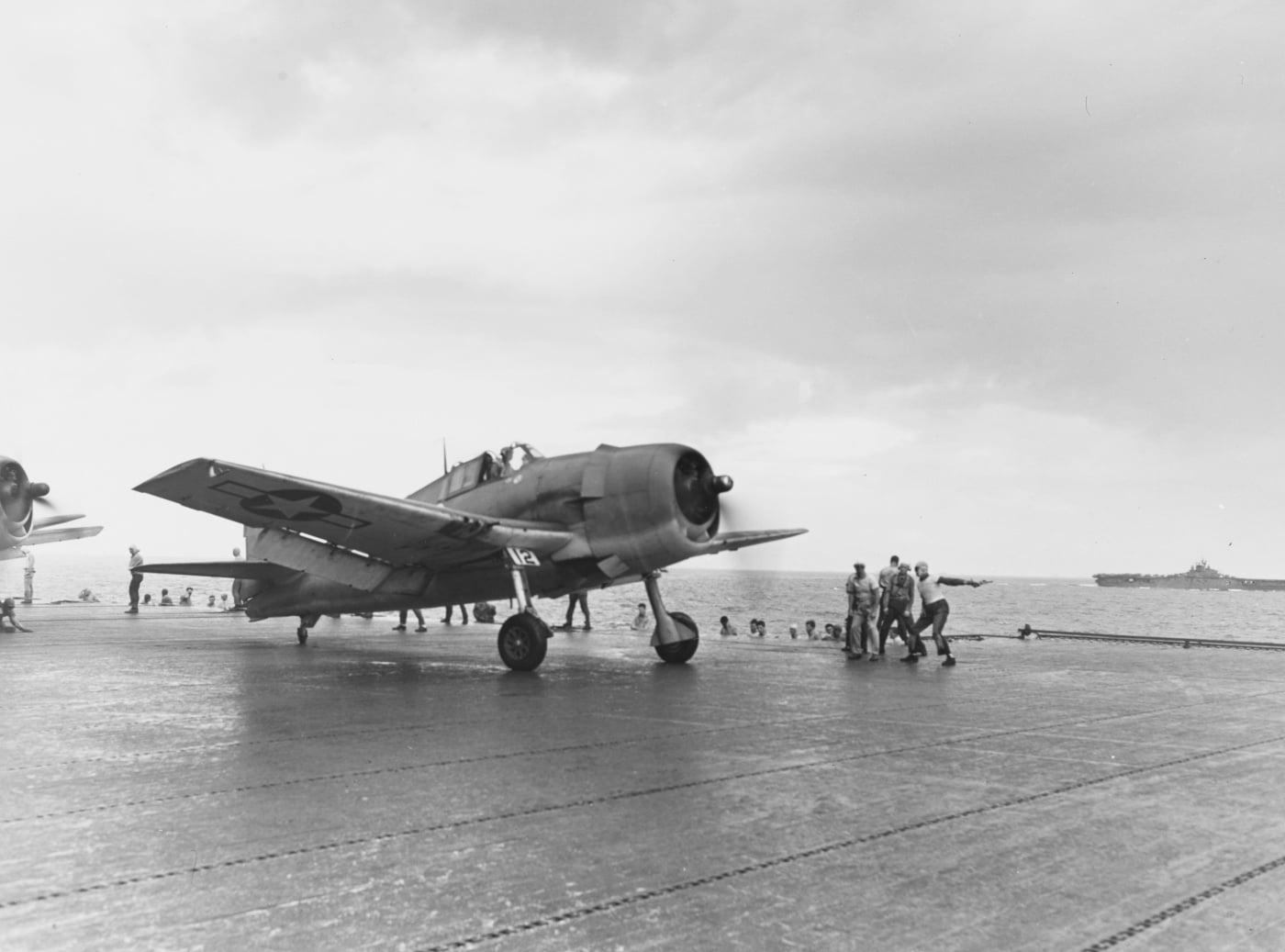
As an evolution of the Wildcat, the Hellcat was one of the few aircraft designed and built during the Second World War that required minimal changes during the flight test and development phases — and that allowed it to move quickly from the drawing board to the prototype phase.
The design of the F6F contrasted that of the F4F as it shifted the position of the wing from mid-set to low-set, and the relocated wing allowed the main landing gear to retract into the center section of the wing rather than into the fuselage. In addition, it also featured an all-metal construction with flush-rifted skinning. Otherwise, the new fighter retained the general appearance of its predecessor.
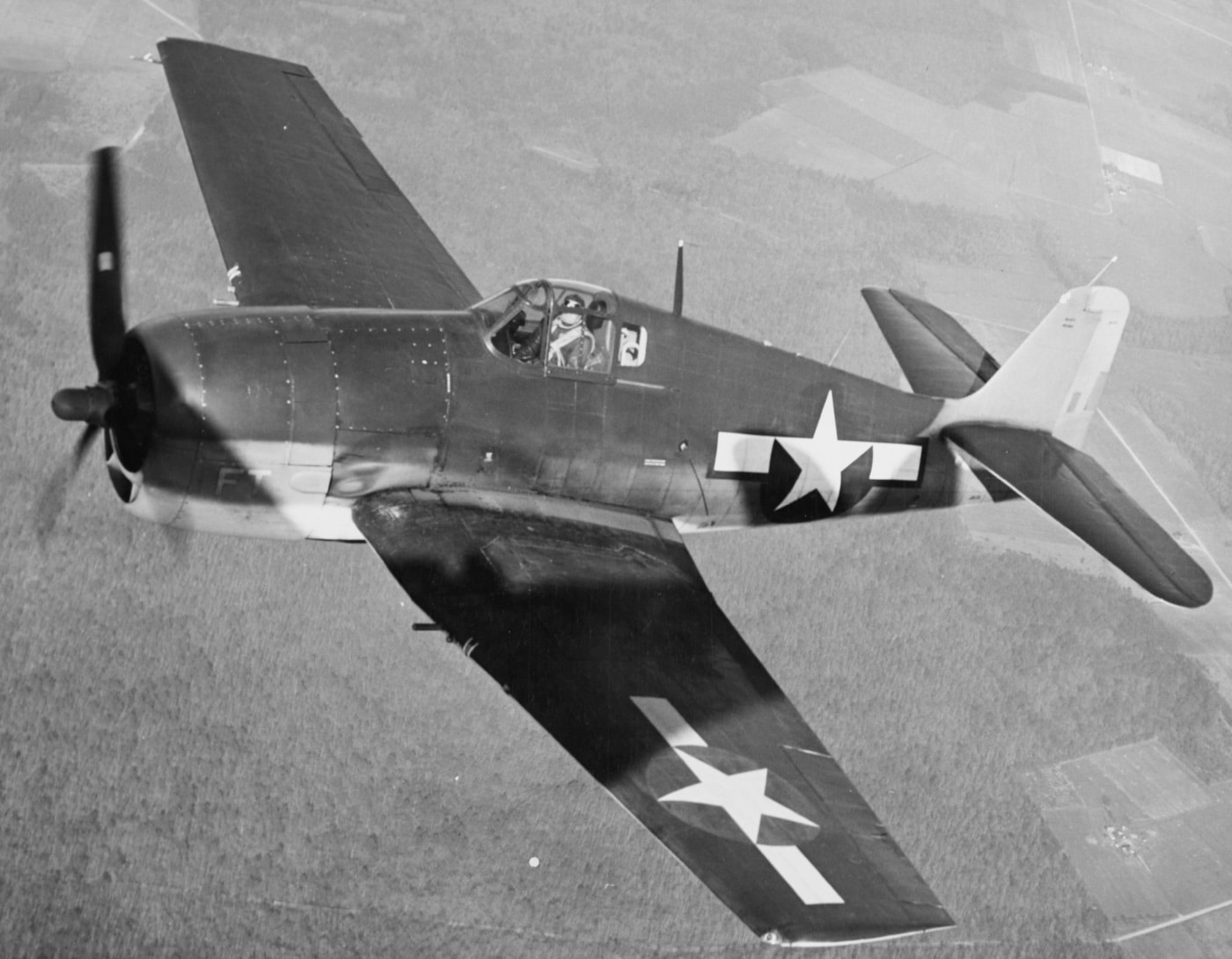
The Grumman F6F Hellcat’s wing was comprised of two robust central spars, while the outer panels folded backward through 90 degrees to lie flat against the fuselage for stowage below decks while on U.S. aircraft carriers. Wing armament typically comprised six 12.7mm (.50 caliber) Browning machine guns mounted in staged formation, each provided with 50 rounds of ammunition. In addition, the aircraft could carry six 127mm (5-inch) rocket projectiles to attack ground targets.
The fighter was initially powered by a Wright R-2600-10 Cyclone two-stage turbocharged radical as the XF6F-1, but that was subsequently upgraded with a series of more powered engines. That resulted in the XF6F-2, which was outfitted with the turbocharged R-2600-16, while the XF6F-3 had an R-2800-10 Double Wasp with two-stage turbocharger and the XF6F-4 with R-2800-27.
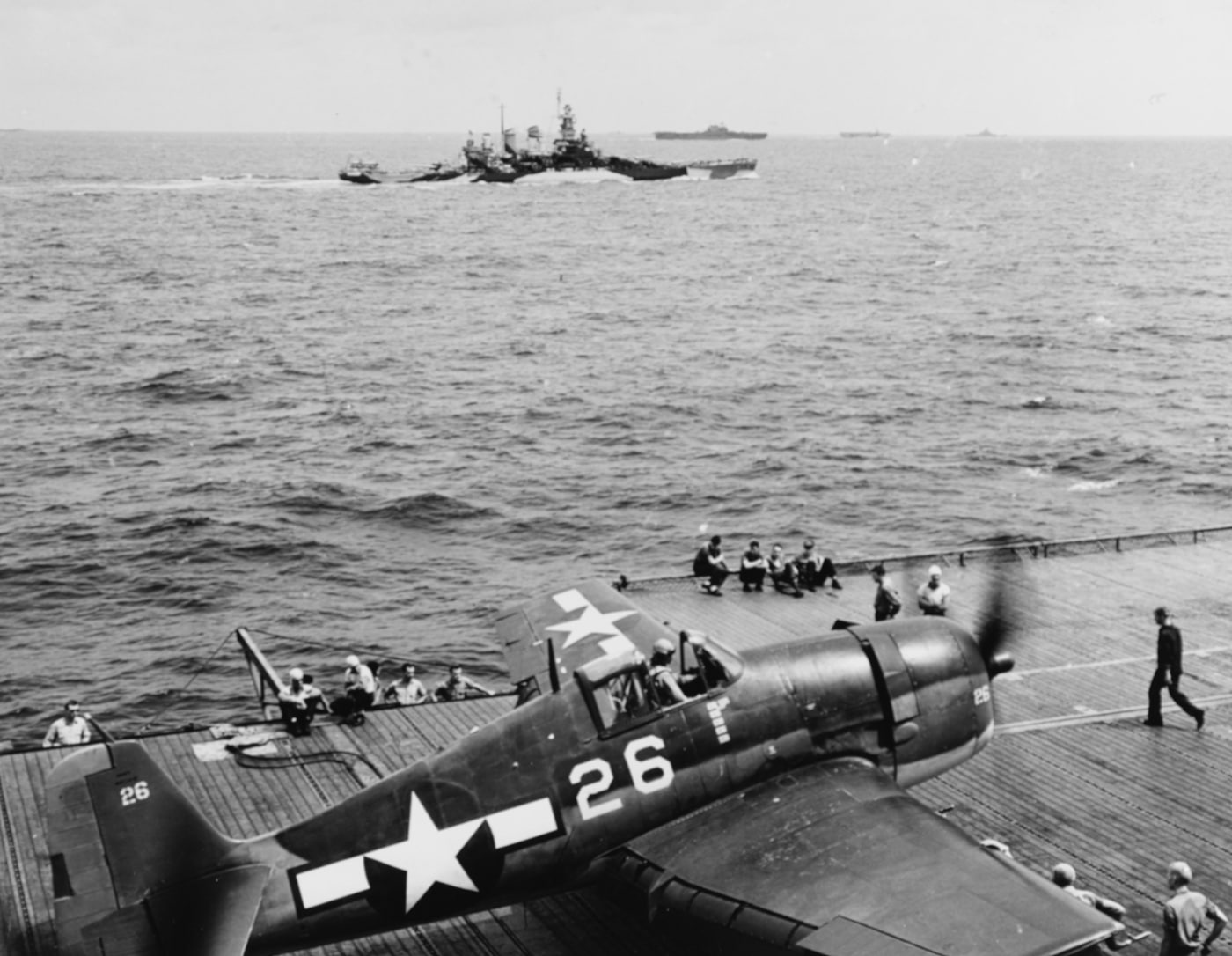
However, that final re-engining process wasn’t completed when the Hellcat was ordered into production in the form of the F6F-3.
The United States Navy favored the docile flight qualities of the Hellcat to that of the Vought F4U Corsair — even as the Corsair offered superior speed. One fact was that the Hellcat was easier to land on carriers, and as a result, the F4U was employed by the United States Marine Corps as a land-based fighter, while the Hellcat remained the standard United States Navy carrier-borne fighter until the F4U series was finally cleared for carrier operations in late 1944.
The Hellcat in Action
The first of the Hellcat aircraft were delivered to front-line units in January 1943, with the first fighters serving with VF-9 on board the USS Essex. However, the first unit to actually draw enemy blood with the Hellcat’s claws was VF-5, operating from the USS Yorktown in September 1943. A month later, Robert W. Duncan became the first Hellcat aviator to down two A6M Zero fighters in a single engagement.
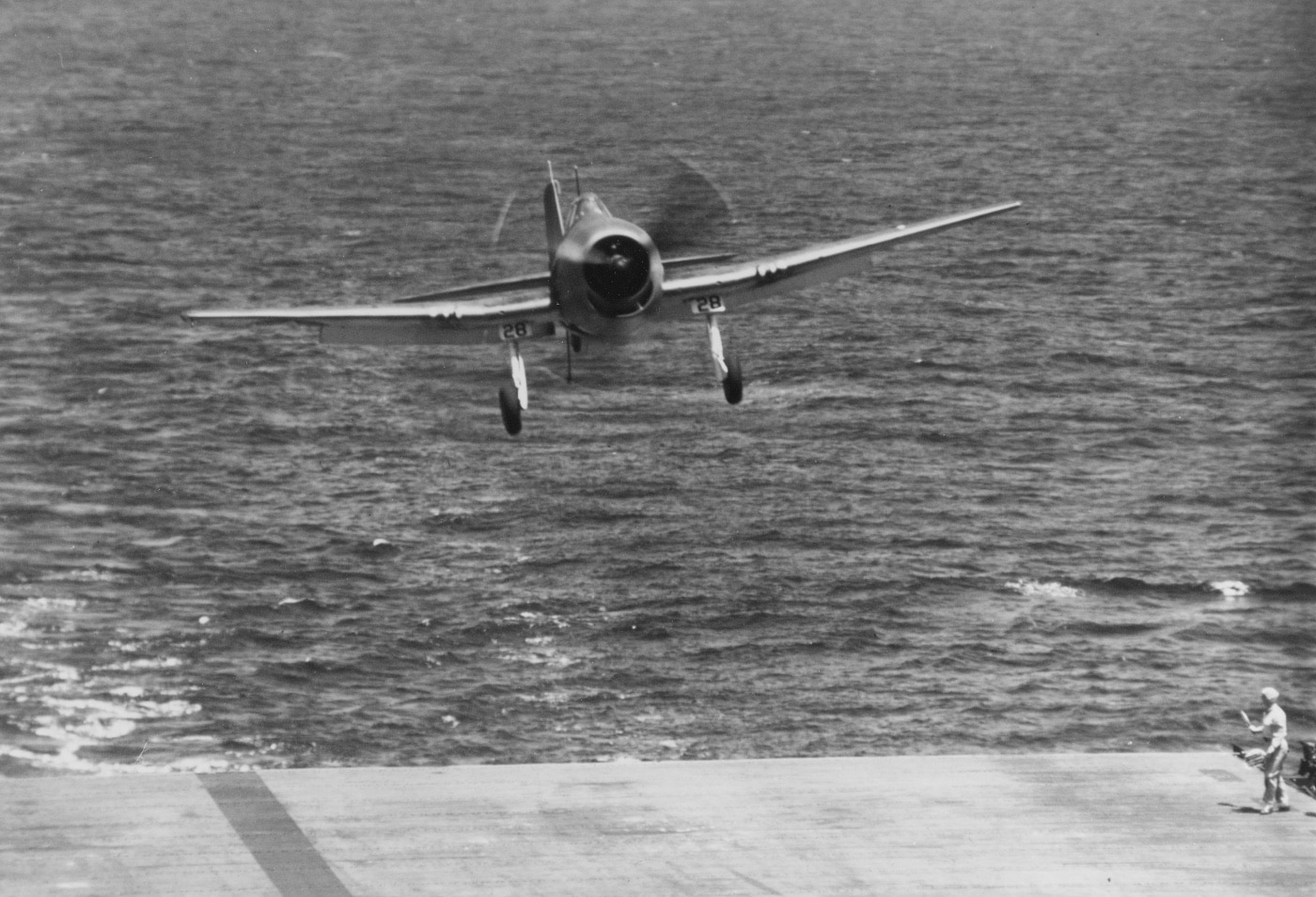
In December of the same year, a force of 91 Hellcats entered battle with 50 Zeros and downed 28 of them, with a loss of just two U.S. aircraft. In February 1944, 10 squadrons of F6F Hellcats took part in carrier-based strikes near Truk, where the U.S. warbirds downed a total of 127 enemy airplanes and destroyed 86 more on the ground. That success was essentially repeated the following March, when over two days, the Hellcats launched from 11 U.S. Navy aircraft carriers, and successfully destroyed 150 Japanese aircraft around Palau.
[Don’t miss Capt. Dale A. Dye’s article on the Battle of Peleliu.]
The Hellcat’s biggest engagement of the war in the Pacific was the Battle of the Philippine Sea in June 1944, a huge operation that involved 15 U.S. Navy carriers that saw 480 F6Fs, in addition to 222 dive-bombers and 199 torpedo-bombers. In the nearly two-week-long campaign, the U.S. Task Force sent three Imperial Japanese Navy aircraft carriers to the bottom of the ocean while more than 400 Japanese aircraft were also destroyed.
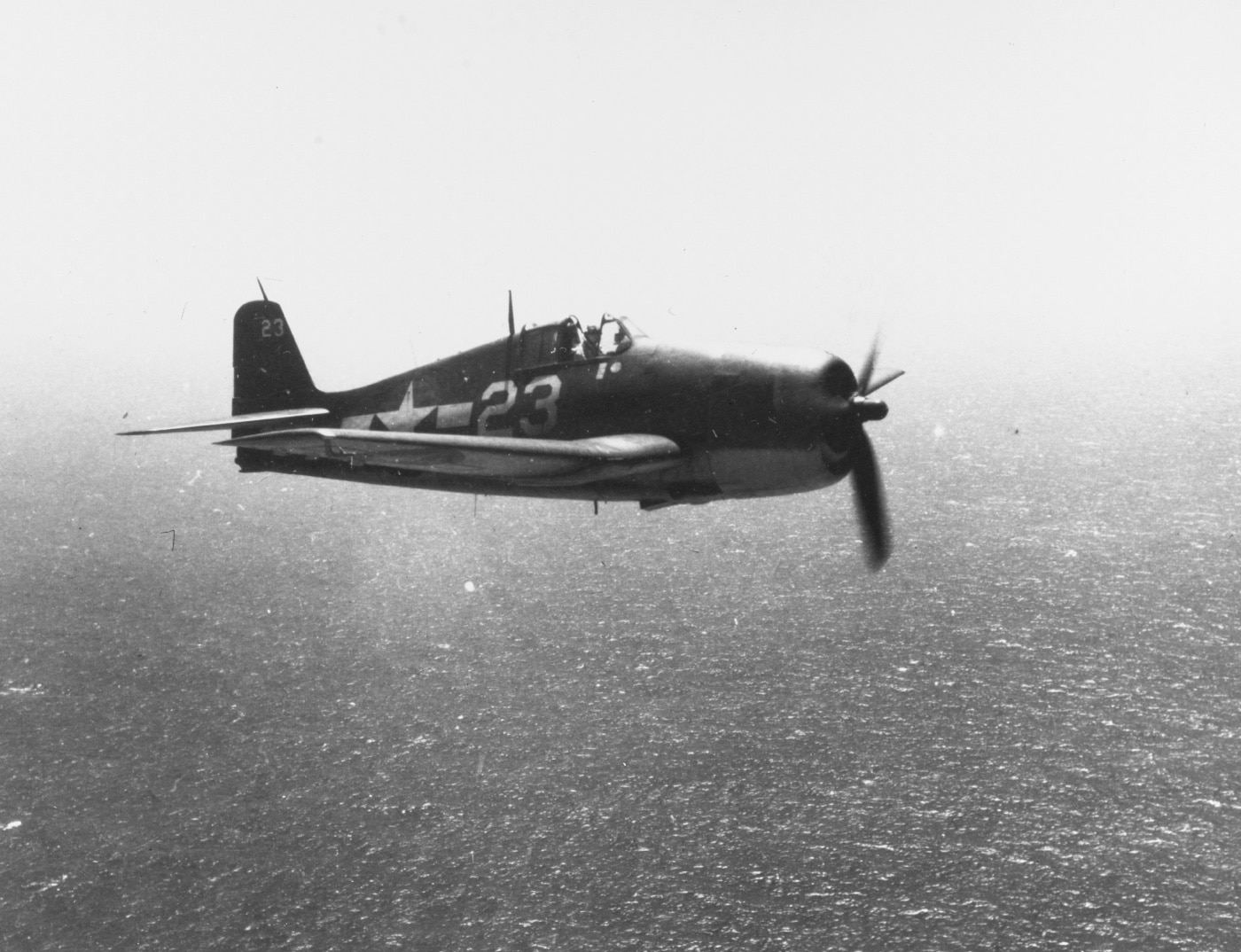
During the Second World War, U.S. Navy and Marine F6F pilots flew a total of 66,530 combat sorties and claimed 5,163 kills. That accounted for 56 percent of all U.S. Navy/Marine air victories of the war, with 270 Hellcats lost in aerial combat — an overall kill-to-loss ratio of 19:1 based on claimed kills.
More Than Just a Fighter
Grumman and the United States Navy also improved the Hellcat as the war progressed, and that was largely the same as many of the aircraft that came before and after it. Yet, in the case of the F6F, there was actually little to improve and most of the changes were minimal. This included such aspects as an enhanced windshield, but a consideration to fit the aircraft with a bubble canopy was actually rejected as it would have dramatically decreased the aircraft’s production rate.
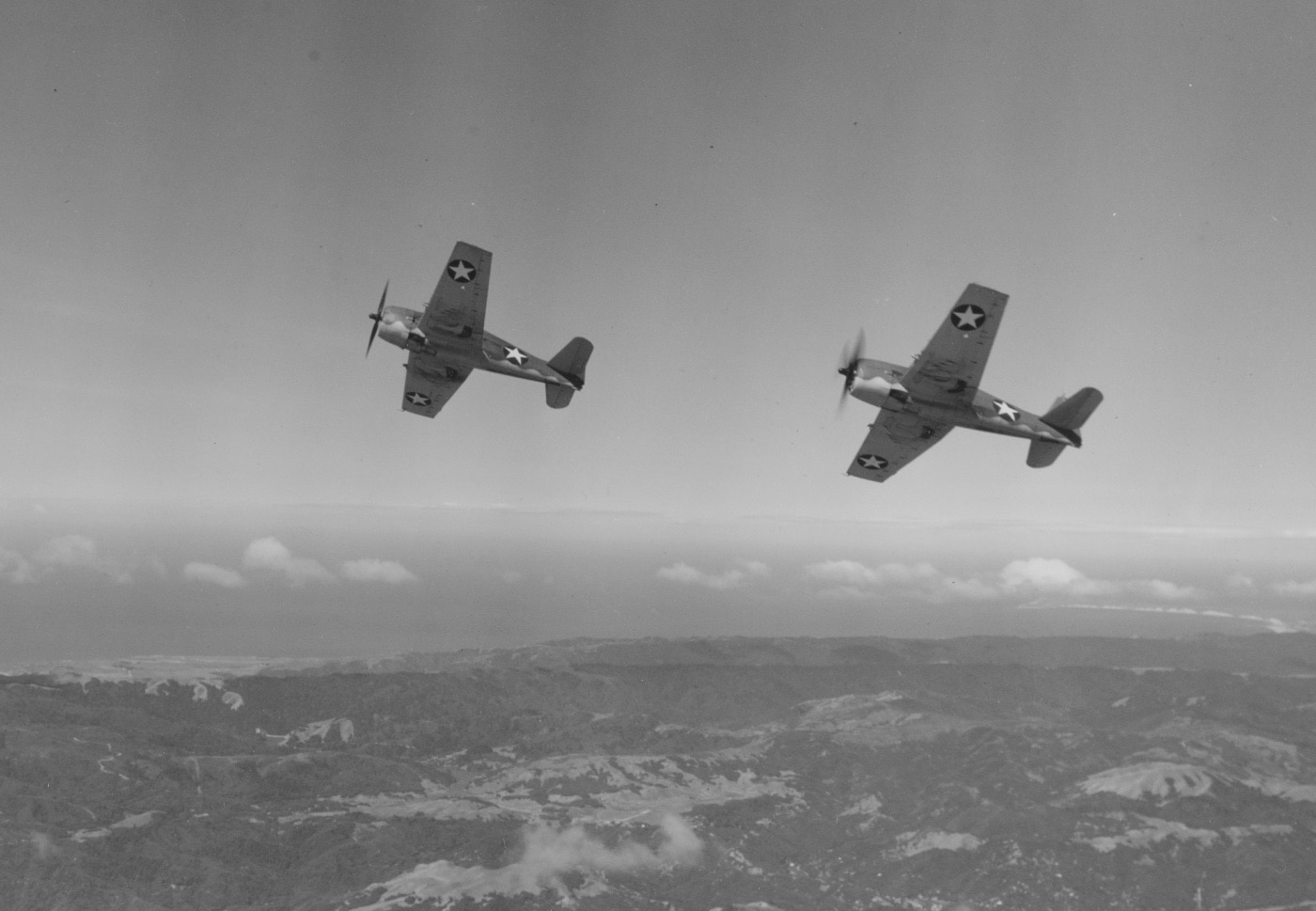
Yet, the basic airframe further demonstrated its potential to assume a number of other roles — including the F6F-3E and F6F-3N night fighters equipped with radar in a wing-mounted pod. Typically four Hellcat night-fighters operated within each fighter squadron aboard a carrier.
In addition, the F6F-5 was developed to serve as a fighter-bomber, which could carry up to 970 kg (2,000 pounds) of bombs or other ordnance, while it featured redesigned engine cowling, improved ailerons, strengthened tail surfaces, and the installation of a water-injection system to boost the power of the R-2800-10 engine. A variant of the F6F-5 was also equipped with harder-hitting 20mm (0.79-inch) cannons replacing the inner wing machine guns.
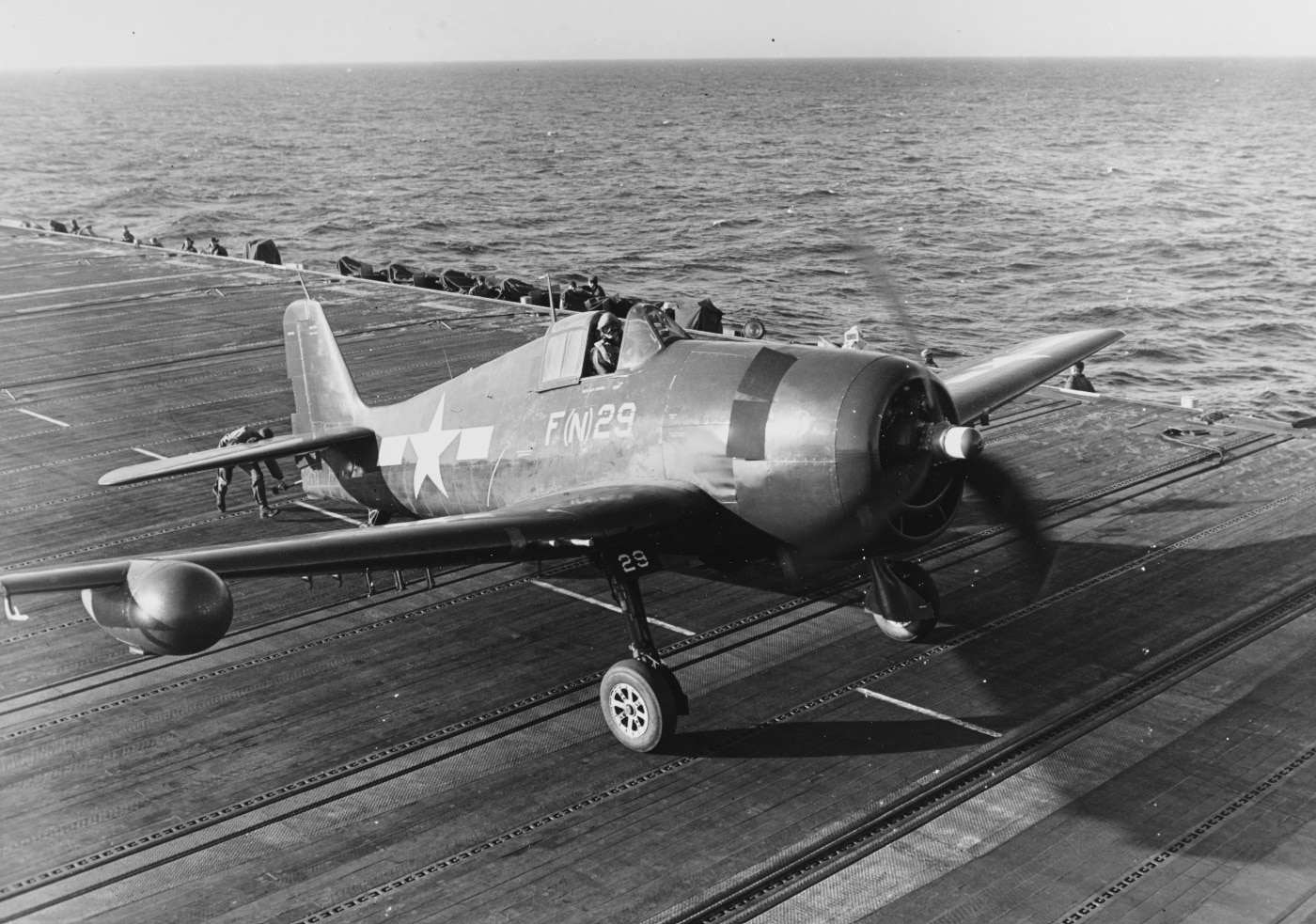
The night-fighter F6F-5N was also fitted with a radome mounted on the starboard wing. That variant replaced the F6F-3 in production in mid-1944 after a total of 4,402 of the earlier models had been completed. Total production of the F6F-5N series extended to 7,868 aircraft. The Hellcats continued to serve as a night-fighter after World War II, with the final F6Fs retired in 1948 — ending the aircraft’s successful career.
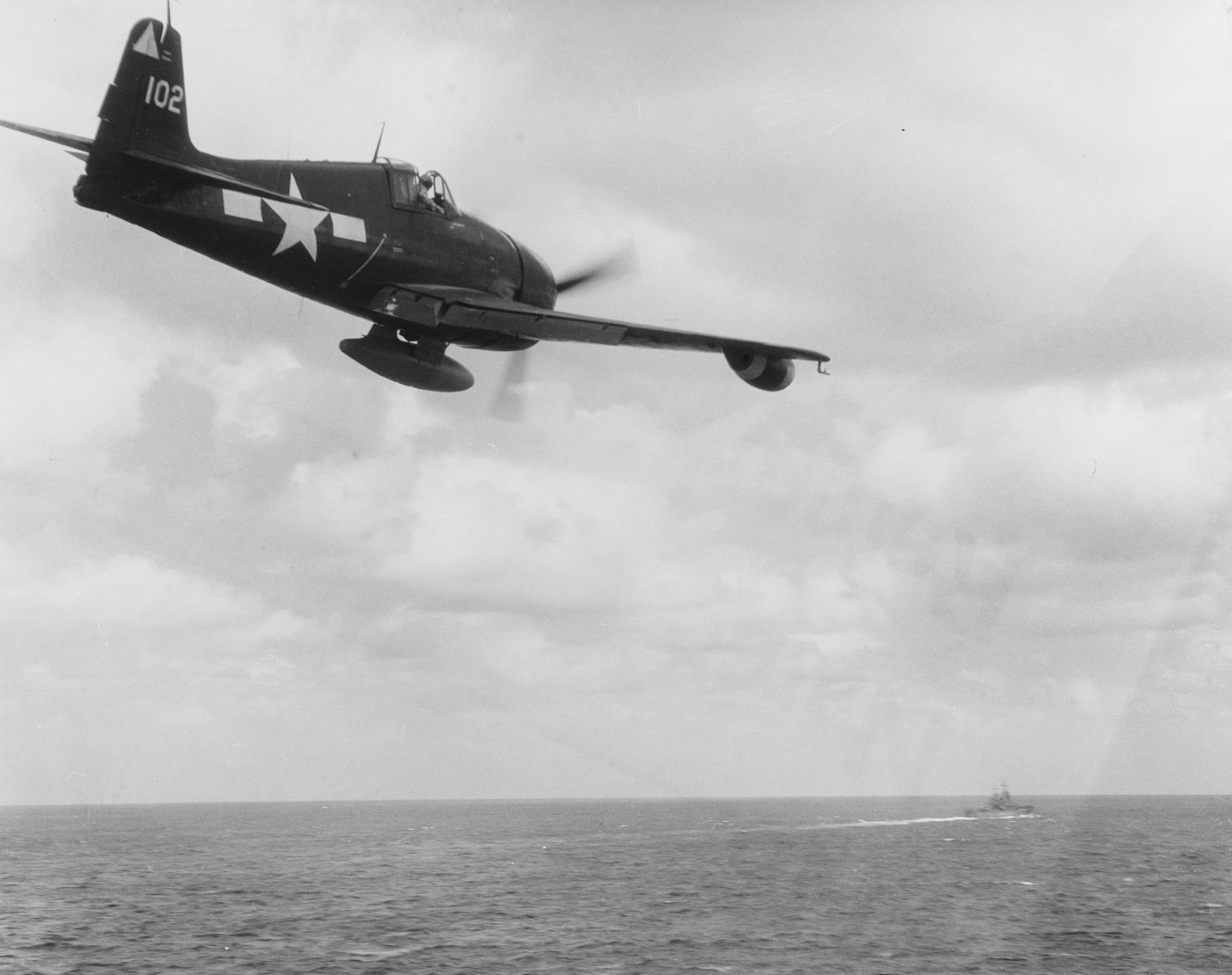
In total, 12,725 Hellcats were manufactured by Grumman between June 1942 and November 1945.
Foreign Operators
The United States Navy and Marine Corps were not the only operators of the Hellcat. The British Fleet Air Arm also operated the fighter — taking 252 F6F-3s as the Grumman Gannet Mark I. It was first operated by 800 Naval Air Squadron of the Royal Navy’s Fleet Air Arm, and for simplicity’s sake, was redesignated the Hellcat.
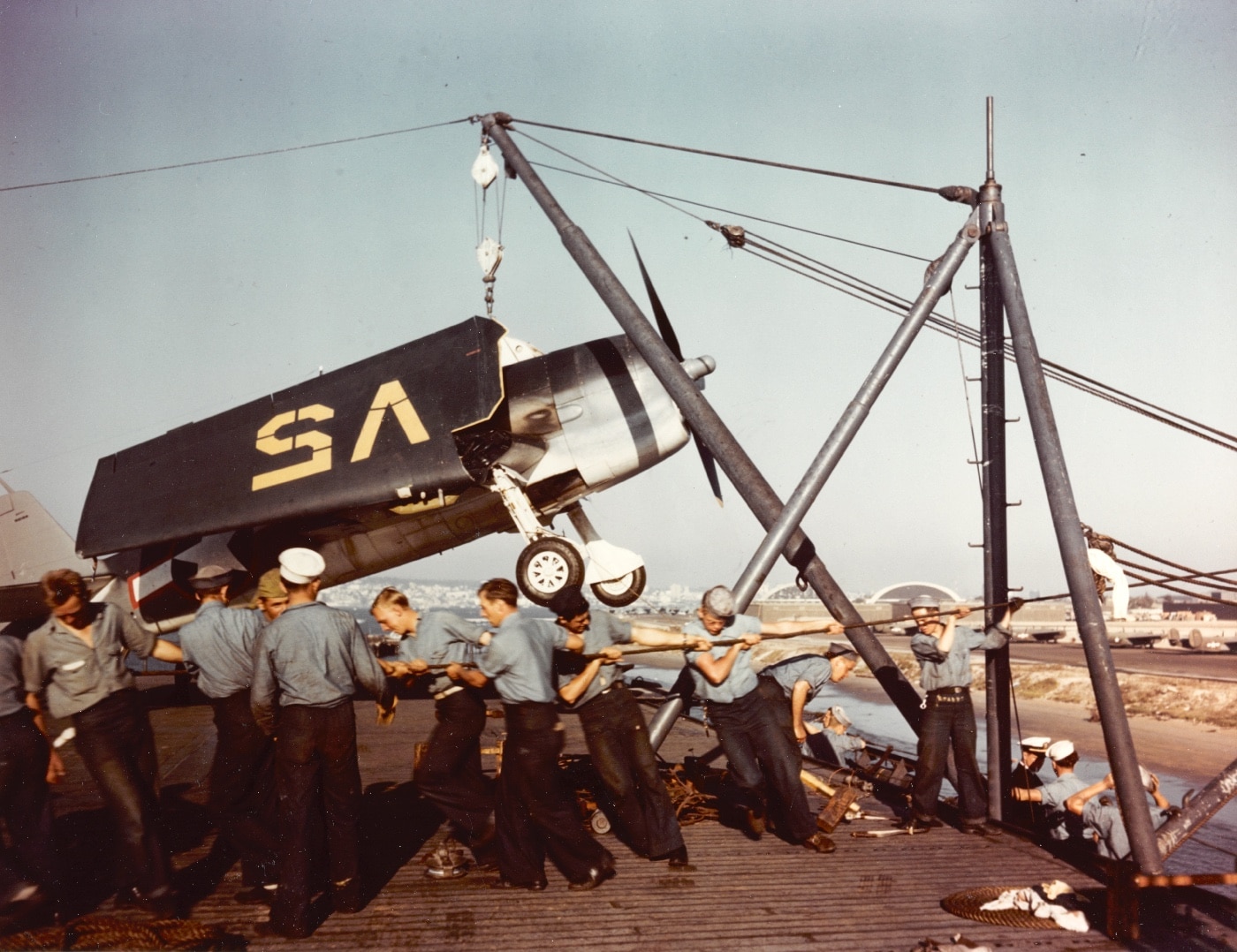
Though the U.S. Navy’s F6F fighters primarily saw service in the Pacific Theater of operations, the British aircraft were employed off Norway, in the Mediterranean, as well as in the Far East. In British service, the fighter plane was employed in the Allied landings in Southern France in 1944, and in one engagement Hellcats downed three German Heinkel He 111 bombers, while the fighter was also utilized in strikes against the German battleship Tirpitz.
Due to the fact that they engaged land-based aircraft in the European and Mediterranean theaters, the British saw fewer opportunities for air-to-air kills. However, the Fleet Air Arm’s Hellcats still claimed 52 enemy aircraft kills during 18 aerial engagements between May 1944 and July 1945.
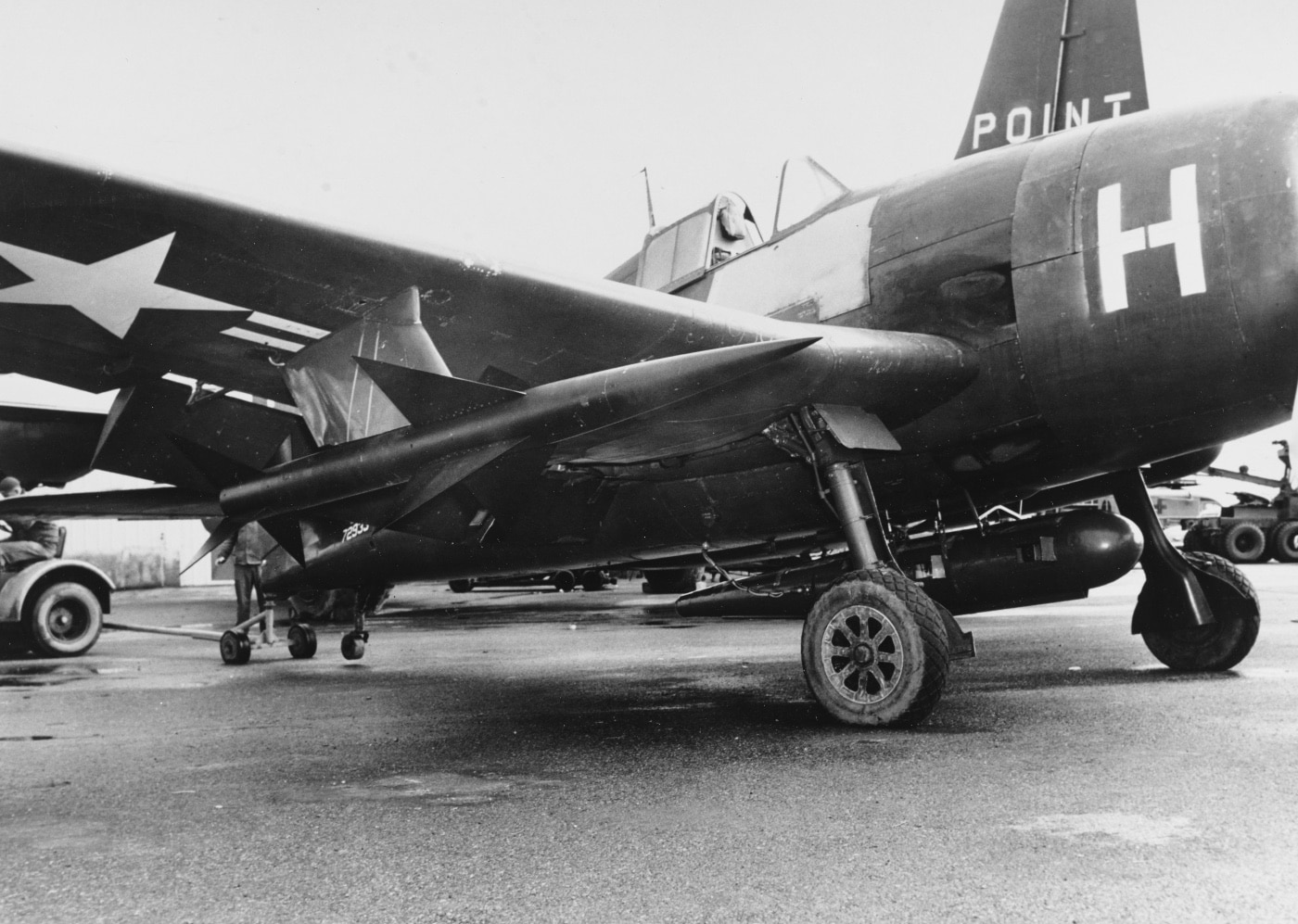
1844 Naval Air Squadron, operating on board HMS Indomitable of the British Pacific Fleet, was the highest-scoring British unit with 32 kills.
The Hellcat saw service with the French Navy and French Air Force, and after World War II the aircraft was employed in the naval air arms of several Latin American nations including Argentina, Paraguay, and Uruguay. The last of the Hellcats remained in service until the early 1960s.
Surviving Aircraft
Of the more than 12,000 that were produced during the Second World War just a couple dozen have survived, and only around half a dozen are now airworthy, while the remainder are on display at museums around the United States. As of 2023, half a dozen more are being restored to airworthiness.
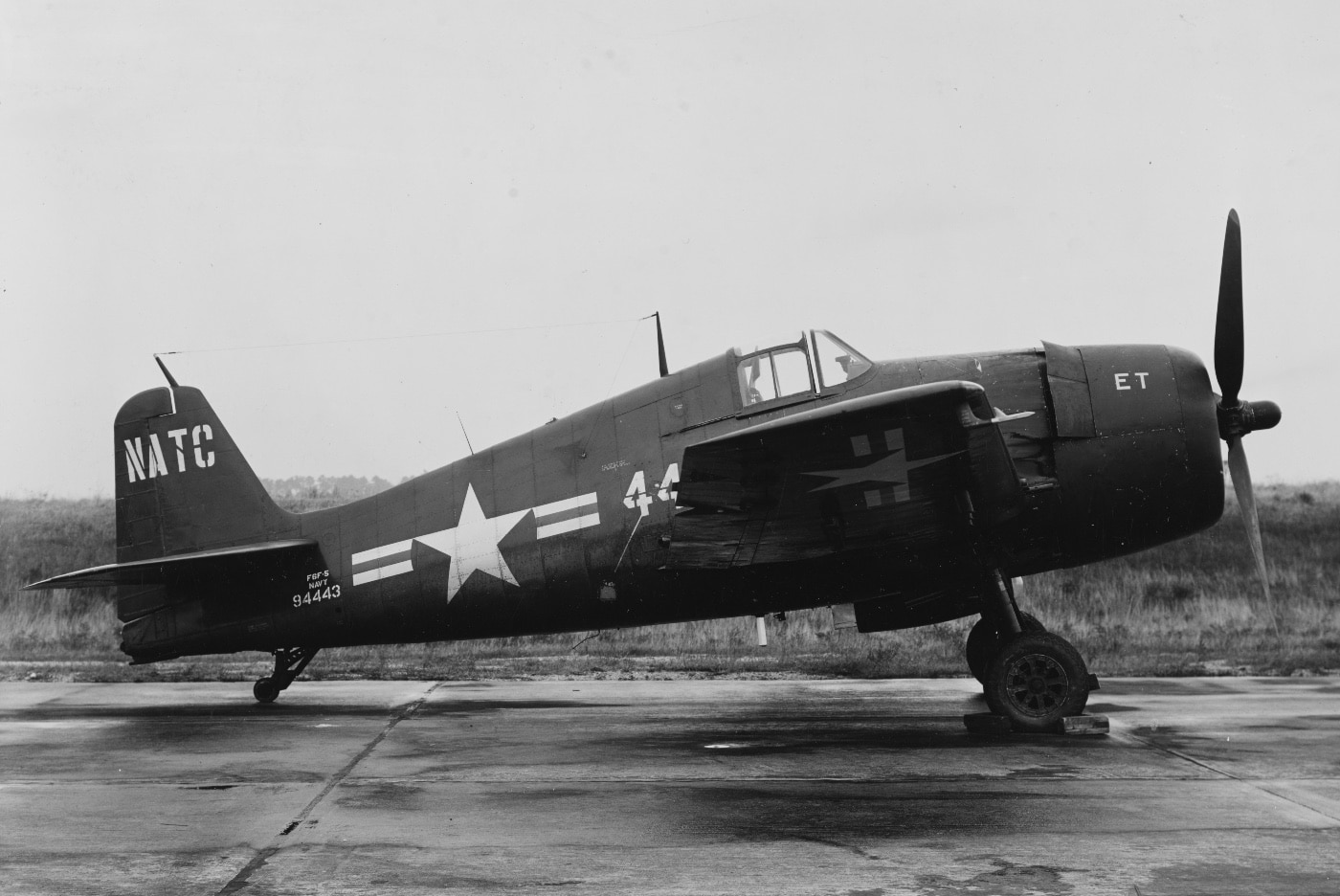
It isn’t the easiest aircraft to see up close and personal, but there is an F6F-3 in the National Naval Aviation Museum at Naval Air Station Pensacola, while another is in the collection of the National Air and Space Museum’s Steven F. Udvar-Hazy Center in Chantilly, Virginia. The Air Zoo in Kalamazoo, Michigan, and the Cradle of Aviation Museum in New York each have F6F-5s in their collections. In addition, an F6F Hellcat that saw service with the UK’s Royal Navy is now on display at the Fleet Air Arm Museum in Somerset, England.
Though the Grumman F6F Hellcat is unlikely to make any short lists for the best aircraft of the Second World War, its accomplishments and legacy simply can’t be overstated.
Editor’s Note: Please be sure to check out The Armory Life Forum, where you can comment about our daily articles, as well as just talk guns and gear. Click the “Go To Forum Thread” link below to jump in and discuss this article and much more!
Join the Discussion
Continue Reading
Did you enjoy this article?

 156
156






